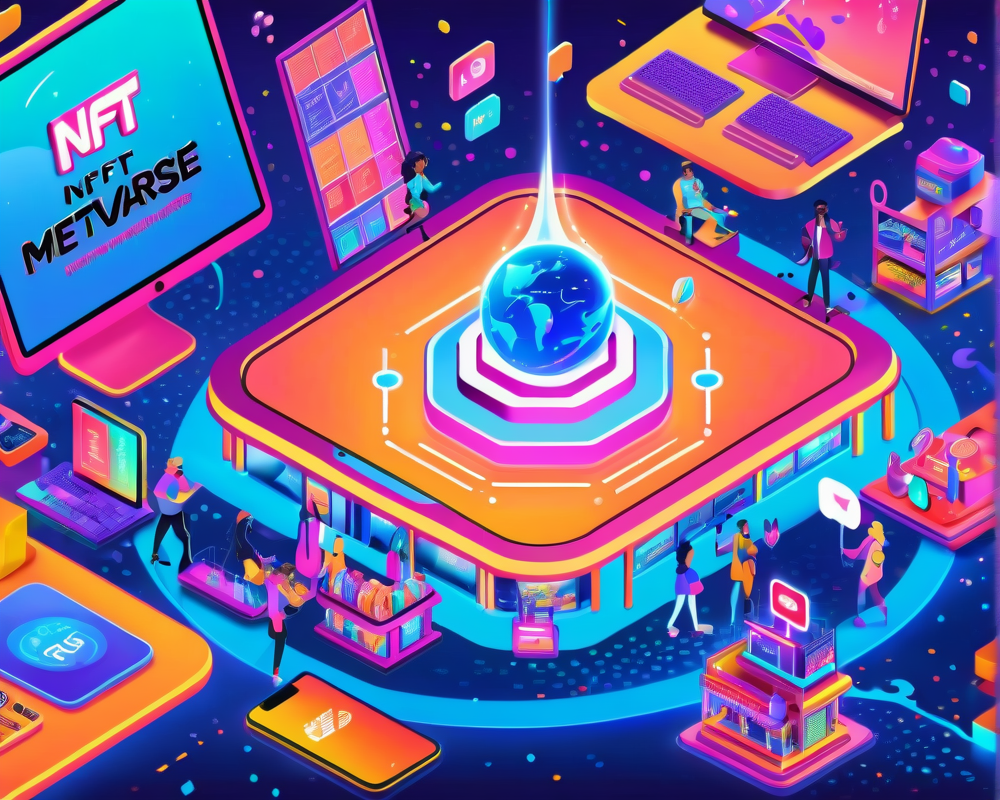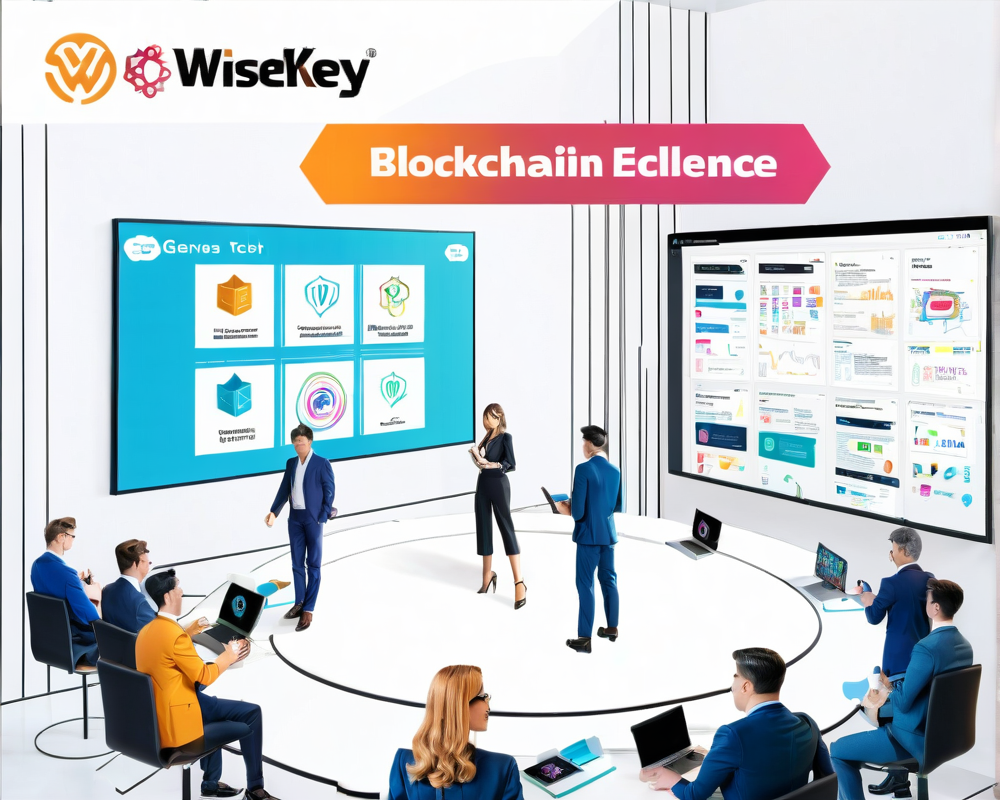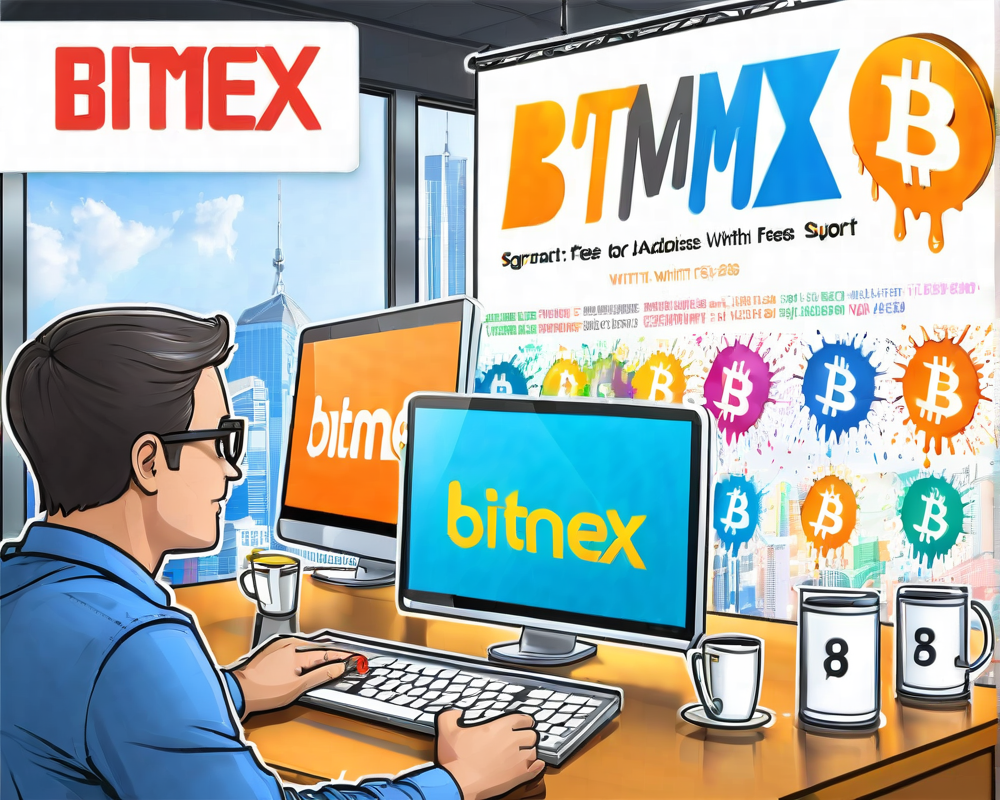The conversation around energy and blockchain isn’t just a passing fad like your college roommate’s gluten-free phase; it’s something that might actually transform the energy sector. In this digital age, as we navigate through the swirling waters of Industry 4.0, the role of distributed ledger technology (DLT) and blockchain cannot be ignored, especially as we embrace the five enticing D’s—deregulation, decarbonization, decentralization, digitization, and democratization.
The Blockchain Buzz in Energy
According to the EU Blockchain Observatory’s latest report titled “Blockchain Applications in the Energy Sector”, blockchain isn’t just an emerging buzzword but a potential game-changer in energy. Just think of it as the trusty Swiss Army knife of technologies, ready to solve various energy issues by enabling a decentralized system that could potentially reshape how we think about energy distribution and consumption. The report cites various use cases and insights from industry giants like Volkswagen and Energy Web Foundation, who have ventured into this world of digital transformations.
The Barriers to Adoption
Despite the enthusiasm, why aren’t we swarming to adopt blockchain solutions like kids to a candy store? According to Ioannis Vlachos, commercial director for EMEA at Energy Web, the main hurdle lies in the restrictive regulatory frameworks. Currently, energy markets are modeled in a way that small-scale energy assets, like your neighbor’s snazzy electric vehicle, must operate through aggregators. Thus, missing out on direct market participation is like being stuck in a parallel universe where you can’t interact with the real world.
Blockchain: The Potential Game-Changer
But fear not! Blockchain offers the regal solution through decentralized identifiers (DIDs) and verifiable credentials (VCs). With these nifty tools, small-scale distributed energy resources (DERs) can access energy markets directly. It’s akin to getting a VIP pass to the energy party. As suggested by the joint report from Entso-E and various European distribution system operators, ensuring direct access for all market assets is crucial.
Real-world Applications: The Good Stuff
Let’s dig into how this tech is being utilized. Picture this: Shell and Accenture introduced Avelia, a blockchain-powered solution for sustainable aviation fuel. This is a big step, making sure that even travel is more energy-efficient. Moreover, in Australia, projects like EDGE and Symphony are blooming, with the backing of national regulators. Here, Energy Web’s blockchain ecosystem helps manage consumer-owned DERs effectively. It’s like having a personal energy manager supporting you—only this manager is digital, efficient, and likely doesn’t need coffee breaks.
Granularity and Its Significance
Now, let’s talk granularity. This isn’t about your grandma’s cooking but the necessity for precise data collection in energy transactions. Moving from broad analytics—like annual energy consumption—to hourly tracking can eliminate energy greenwashing. If we can verify that energy consumption aligns closely with renewable sources, we’re on the right track. Collaboration with companies like Elia and SP Group has led to an open-source toolkit that simplifies clean energy purchases—because who doesn’t want to make eco-friendly choices with fewer obstacles?
Empowering the Prosumer
Finally, let’s address self-sovereign identity. It sounds complex, but it’s fundamentally about empowering individuals over their data. With the emerging trend of prosumers—those modern-day energy heroes producing and consuming energy simultaneously—each person should have the power to control their energy data. As regulations evolve, particularly within the European context, allowing prosumers to manage how their information is used isn’t just good practice; it’s essential.
In conclusion, while we’re riding the coattails of Industry 4.0, blockchain in energy isn’t just a bright spark; it’s a whole exploding firework display. Embracing this transformation could lead to a more sustainable and efficient future.




